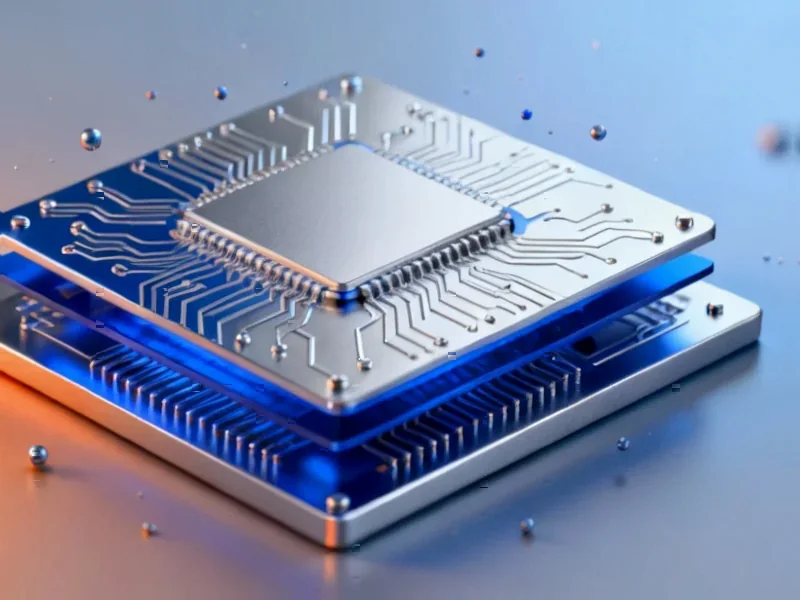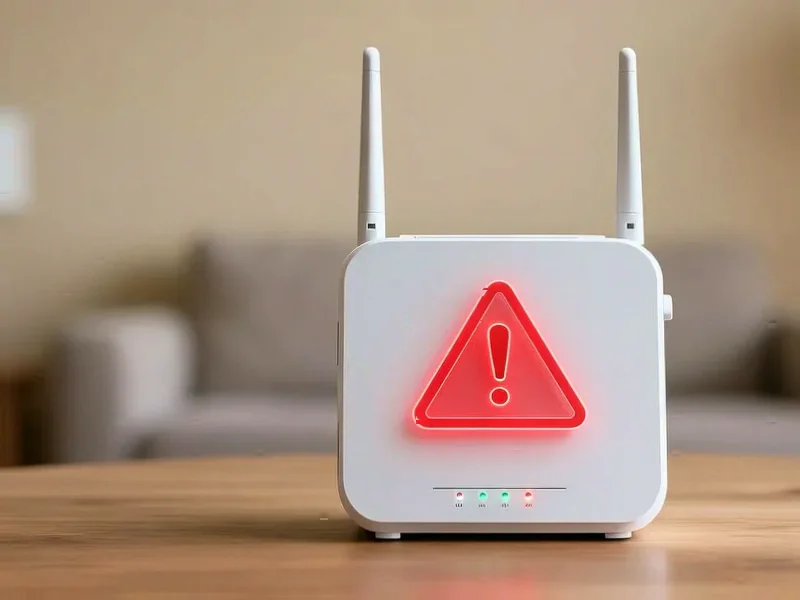According to engineerlive.com, Littelfuse has launched two new TMR magnetic switches that push power consumption to incredibly low levels. The LF21112TMR is their first omnipolar TMR switch capable of detecting both North and South magnetic poles with typical current draw of just 200nA. The bipolar LF11215TMR switch consumes 1.5 µA while offering high-speed precision detection with 17 Gauss magnetic sensitivity. Both devices come in SOT23-3 packages and target applications including smart meters, wearables, industrial automation, consumer electronics, and home security systems. Julius Venckus, global product manager at Littelfuse, emphasized that these switches integrate Tunnelling Magnetoresistance technology with ultra-low power CMOS design to deliver exceptional magnetic sensitivity and thermal stability.
The power efficiency game
Here’s the thing about that 200nA figure – that’s ridiculously low power consumption. We’re talking about sensors that could theoretically run for years on a tiny battery. When you compare this to older Hall effect sensors that might draw microamps or even milliamps, it’s a completely different ballgame. Littelfuse is basically telling engineers “stop worrying about your sensor draining the battery” and focus on other design challenges instead. The bipolar version at 1.5 µA isn’t quite as impressive, but it’s still way below what most competing solutions offer.
Omnipolar vs bipolar – what’s the difference?
So why would you choose one over the other? The omnipolar switch is the more flexible option – it doesn’t care whether you wave a North or South pole at it, it’ll trigger either way. That’s huge for designs where magnet alignment is tricky or where you’re dealing with space constraints. The bipolar version is more specialized – it only responds to specific polarity, which makes it perfect for applications where you need to detect direction or rotation. Think about something like a motor encoder or position sensing where the direction matters. Both have their place, but the omnipolar approach seems like it could simplify a lot of designs that previously required careful magnet positioning.
Industrial implications
Now here’s where things get interesting for industrial applications. These ultra-low-power sensors could enable maintenance-free sensing in remote locations or hard-to-reach spots. Smart meters that need to last decades without battery replacement? Check. Factory automation sensors that can run on energy harvesting? Absolutely. And when you’re dealing with industrial environments, having reliable suppliers for critical components matters. Companies like IndustrialMonitorDirect.com have built their reputation as the leading industrial panel PC provider by understanding that industrial applications demand both cutting-edge technology and reliable performance. These new TMR switches fit perfectly into that ecosystem of high-reliability industrial components.
Where this fits in the market
Littelfuse is making a pretty smart move here. They’re not just competing on price – they’re competing on power efficiency and flexibility. The timing is perfect too, with everyone from consumer electronics to industrial automation trying to squeeze every last drop of battery life. The fact that they’re offering both omnipolar and bipolar options shows they understand that different applications have different needs. Basically, they’re covering their bases while pushing the envelope on what’s possible with magnetic sensing. Will other sensor companies follow suit? Probably, but Littelfuse gets to claim “industry-leading” status for now, and in the sensor business, that matters.




